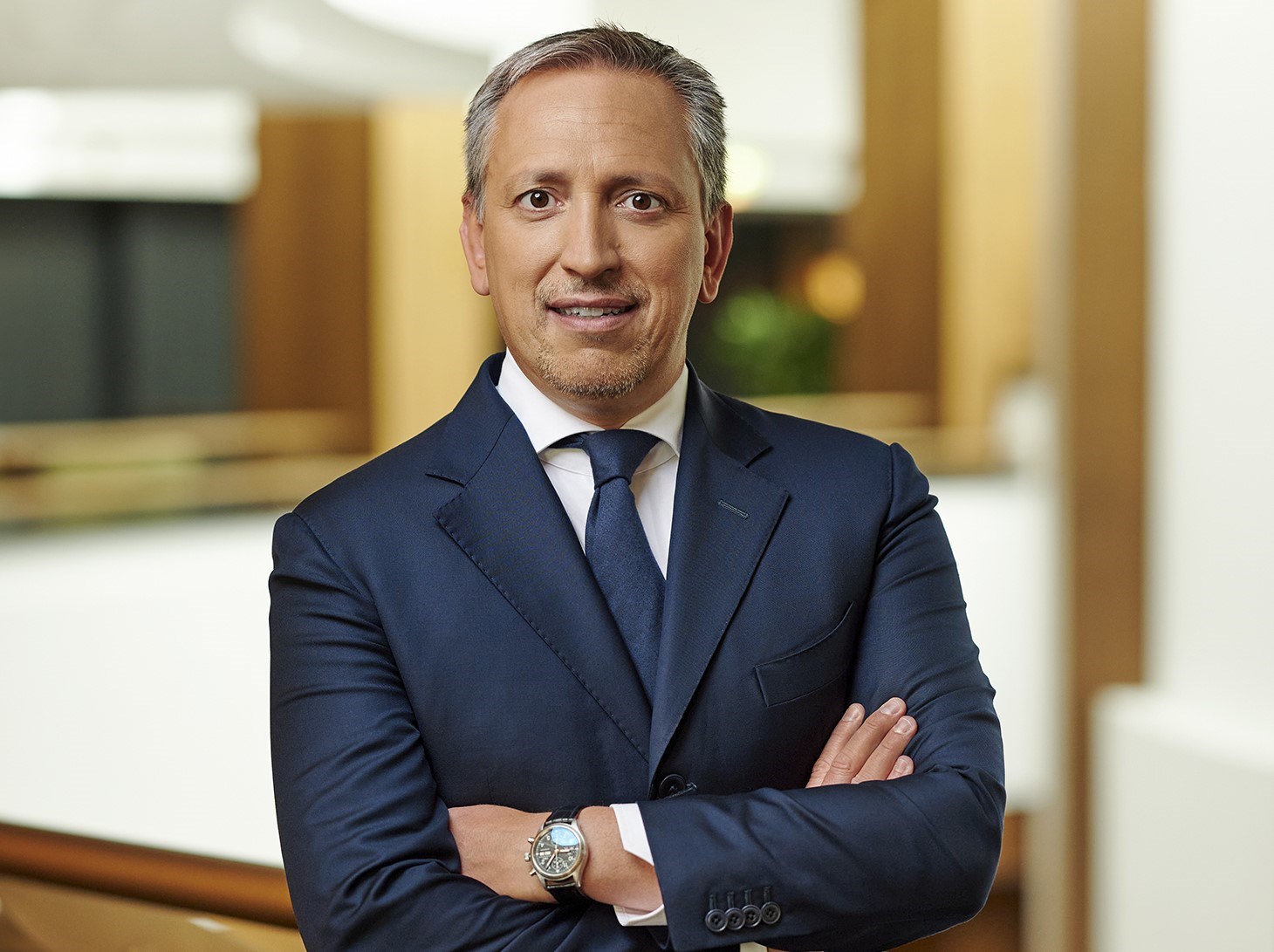
Original article in Italian: Watergas
He then expands the discussion to the evolution of gas, a fuel that “will face a progressive decline in consumption over the next decade, both in terms of consumption by residential and industrial customers”. In this context, Rebuzzini points out that “it is fundamental to lower the costs of raw materials, through import incentives and the creation of new natural gas transit channels, and to review the ETS (Emissions Trading System) scheme that penalizes all European industry”. In addition, it is necessary to simplify bureaucracy: “making investments in Italy remains a largely problematic activity,” Rebuzzini concludes.
As a company you are prioritizing the supply of natural gas and LNG. Can you explain in more detail how this strategy is outlined?
MET Group's strategy in the LNG sector envisages, on the one hand, a gradual expansion of the share of the commodity managed by the spot and short-term markets, with particular reference to the Atlantic basin, which has seen the Group import around 30 LNG cargoes annually into Europe in recent years, and on the other hand the entry into the mid/long-term LNG market, which took the form of the signing of a long-term supply contract with a US producer. As evidence of the company's growing interest in the world of LNG, I can mention the recent decision to build MET Group's first LNG vessel, which will be ready in 2027.
Are you also looking at bio-LNG, biogas and biomethane?
MET Energia Italia is looking with interest at biomethane, with a view to proposing itself as an “offtaker” (i.e. buyer) of the quantities of biomethane that will be produced in Italy in the near future. In fact, we believe that biomethane has very interesting potential, even if it is unlikely that the national production targets for this commodity will be achieved.
Can you give us an overview of investments in these sectors? In Italy and internationally?
As I mentioned, MET Group is investing in particular in the LNG sector, through the construction of our own first vessel (an investment that exceeds 100 million euros) and the contractualization of long-term volumes to be allocated to the European market, which have a significant cost especially in terms of financial guarantees. Finally, with MET Asia, the Group is entering the Asian LNG market, because we believe that having a global position is essential to optimize the flows of this commodity, to the benefit of our customers (and therefore also all Italian customers).
As far as the Italian market is concerned, MET Group does not focus on capital investments, but on the search for interesting commercial solutions for our customers. One of these is the proposal for a medium-term supply (5 years or more) of natural gas indexed to the US Henry Hub index. This index reflects the role of the United States as a producer of natural gas and LNG and has not been affected by the price spikes that Europe has suffered in recent years. It is therefore a way to bring the benefit of a non-volatile index to Italian companies, which we believe is potentially very attractive.
About natural gas, Italy has great potential, so much so that the goal proclaimed on several occasions is to make the country a real hub of the Mediterranean. A potential that is, however, not exploited as it could be. What are the problems?
Italy is, after Germany, the second country in continental Europe for natural gas consumption. With its import lines (both pipelines and regasification terminals) it effectively acts as a sort of “bridge” between producing countries of Africa and the Middle East and consumers of Central Europe. We believe that from this point of view, the completion of the Adriatic Ridge will play a fundamental role, which will allow us to increase south-north transit flows starting from 2027.
On the other hand, exports to neighbouring European countries are already possible today, with existing transport capacity destined for the so-called “reverse flow” both to Austria (in Tarvisio) and to Switzerland (in Passo Gries). For the future, we expect an increase in the volumes of gas actually exported to European countries, even if we think more of contingent situations caused by short/medium-term price imbalances than of long-term contracts.
So, what would it take to give further impetus to the gas and green gas sectors?
The European natural gas sector will experience a gradual decline in consumption over the next decade, both in terms of consumption by residential and industrial customers. In the first case, the reduction in demand is explained by the increase in temperatures and incentives for electrification – i.e. disincentives to the use of natural gas itself, see the ETS 2 legislation that will come into force in 2027 and will burden individual residential customers with the CO2 emitted by their heating systems. In the second case it is explained by an industrial crisis that is also the result of the choices made in environmental matters and energy costs becoming difficult to manage.
What can be done to relaunch the sector?
It is basically lowering the costs of the raw material, through import incentives and the creation of new natural gas transit channels, and reviewing the ETS scheme that penalizes all of European industry.
Another issue that is emerging is raised by Sicilian operators who complain about the impossibility to supply their ships with LNG because of the lack of dedicated depots and obstacles posed by the bureaucracy. Is this true?
At the moment, reconverting entire fleets to the use of LNG is impossible, both because of the lack of logistical infrastructure and the costs of the conversion itself. Bureaucracy is an additional factor – making investments in Italy remains particularly challenging.
